(All images courtesy: of Aalap Herur-Raman, MSI)
First-year medical students: we invite you to take your study of renal, GI, and liver anatomy to the third dimension!
BodyViz software, now available at Himmelfarb Library, combines digitized MRIs and CT scans to create 3D renderings of human anatomy. Enhance your learning experience during the CPR and GI/Liver blocks by exploring 360° anatomical views of kidney, gastrointestinal, and liver tissue.
Where and How?
The workstation is located at the Bloedorn Technology Center, on the third floor of the library. To use BodyViz, reserve the workstation online, and then check out the BodyViz accessories kit at the Circulation Desk on your way to the third floor.(We even include a game controller that allows you to rotate, pan, and zoom effortlessly!
Program Features
Not sure what you are looking at? Annotation mode displays labels that identify and explain anatomical structures. Want to examine deeper layers? Clipping mode allows you to peel away tissue. Want to enhance the visual display of an organ? Turn on active coloring.
For more information
To learn more about the program, visit Himmelfarb’s BodyViz Resource Guide. Here, we offer a Quick Start Guide for new users, along with information on how to reserve and access the workstation. Need assistance navigating the program? Schedule an in-person consultation with our staff.

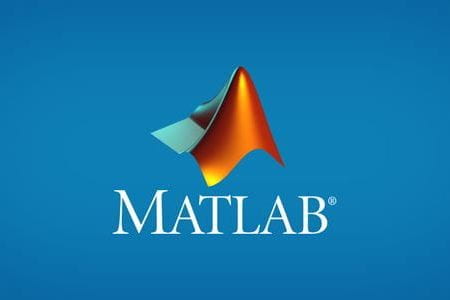
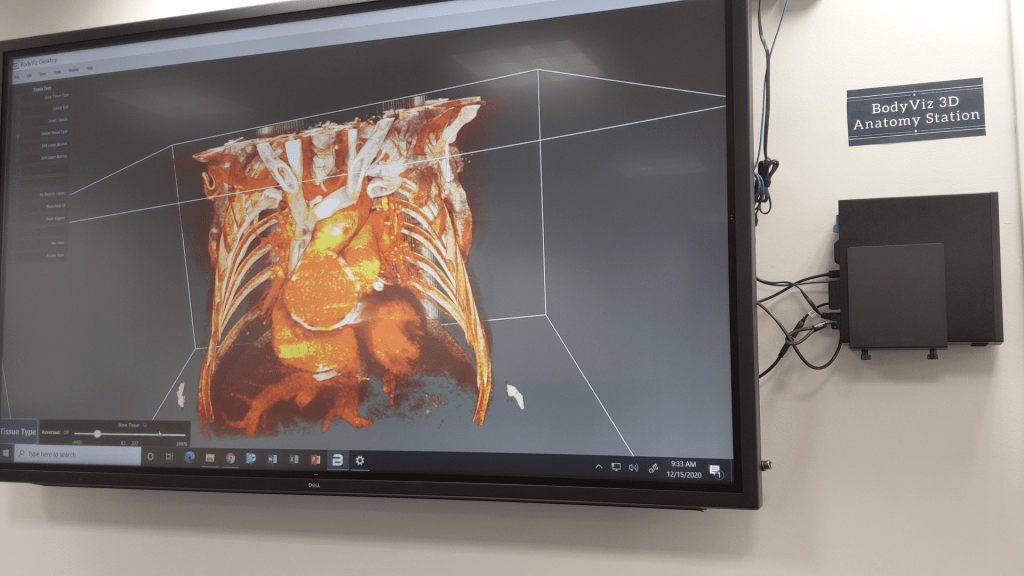



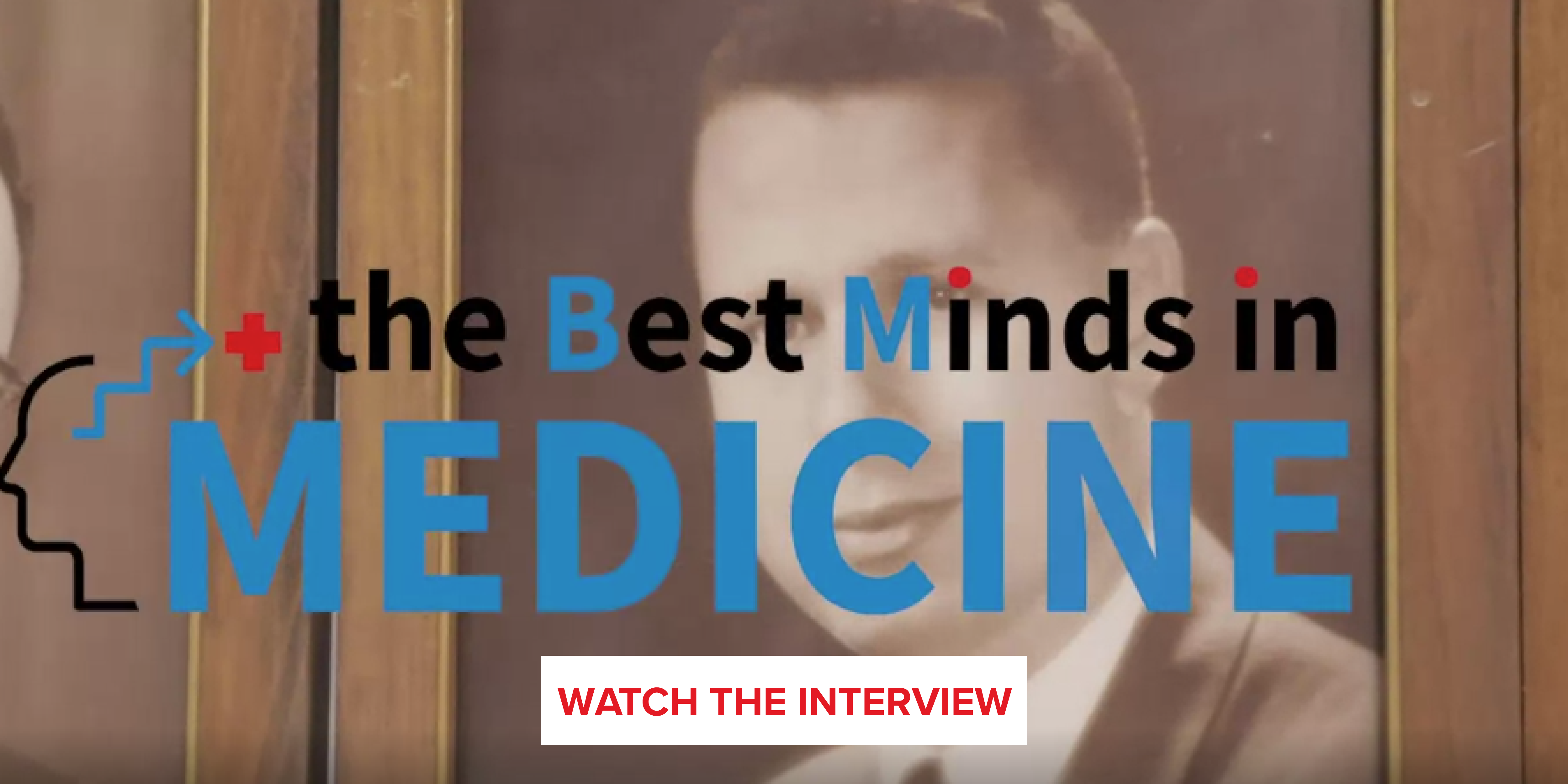
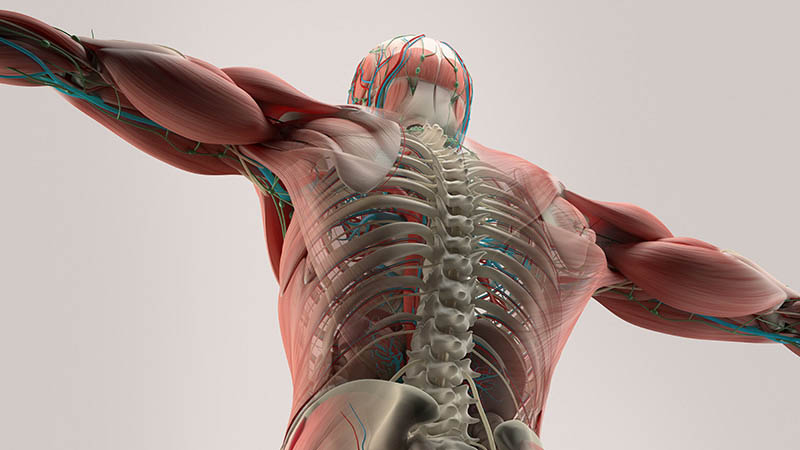
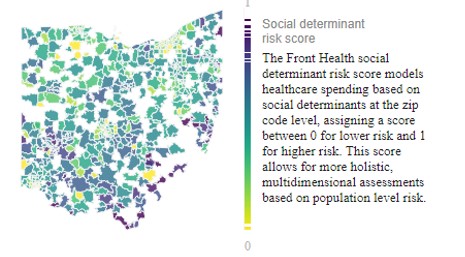 Bored of the default graphing options on Microsoft Excel? Want to take your data visualizations to the next level?
Bored of the default graphing options on Microsoft Excel? Want to take your data visualizations to the next level? A new Scannx book scanner is available at
A new Scannx book scanner is available at 